Full Guide to Cardamom
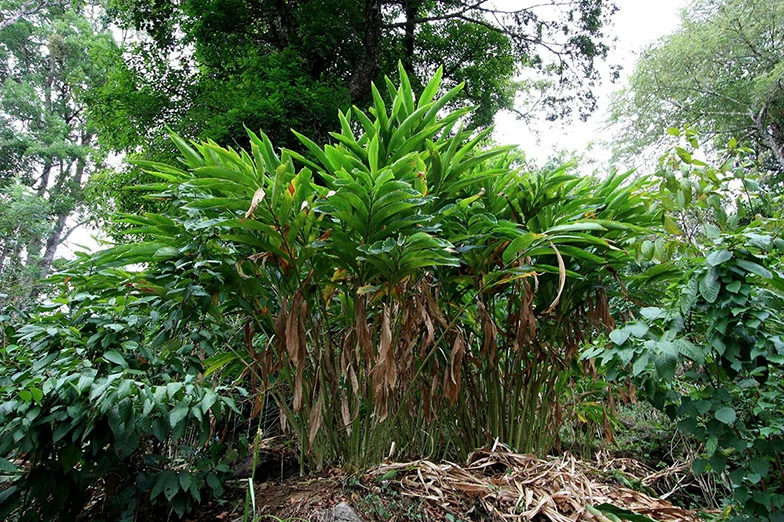
Quick links to save you time
What is Cardamom?
Cardamom is a highly aromatic spice that people use in cooking and baking. It comes from the seeds of plants in the genera Elettaria and Amomum, native to the Indian subcontinent and other parts of Asia. Cardamom is known for its robust and unique flavor, combining citrus, mint, and herbal notes.
While Cardamom is not a Mediterranean herb or spice, I include it here because it is prevalent and essential in Middle Eastern cuisine, and a considerable part of this culture is Mediterranean. Also, in modern times, it is becoming a popular spice worldwide.
What Does Cardamom Look Like?
Cardamom is a spice that comes in two types: green and black.
Green Cardamom is the most common type and is easily recognizable by its small, triangular-shaped light green pods.
The pods are about the size of a fingernail and contain tiny, black seeds that people use for cooking.
On the other hand, Black Cardamom has larger dark brown pods that contain larger seeds.
The pods of both types of Cardamom are tough and fibrous, and they need to be crushed or ground before use.
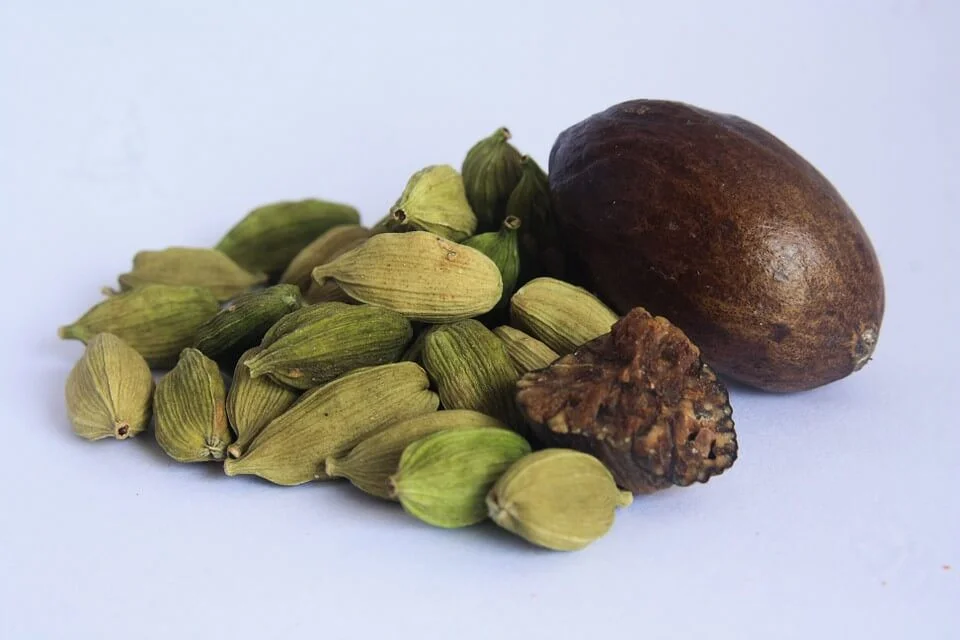
What Does Cardamom Smell Like?
Cardamom has a unique and intense smell that is very aromatic, warm, and zesty.
The scent of Cardamom is highly aromatic, sweet, and piquant, with a pleasant hint of pepper.
When you crush or grind the pods, the aroma becomes more intense and fragrant.
Some think it resembles a combination of cinnamon, cloves, and nutmeg.
What Does Cardamom Taste Like?
Cardamom is sweet, with a slightly smoky aftertaste, and some people say it tastes like a cross between ginger and pepper.
It has a complex scent with a fruity, piney, and almost menthol-like flavor.
It can be slightly astringent, so use it with moderation.
It works well with savory and sweet recipes and is a widespread ingredient in Middle Eastern and Indian cuisine.
Cardamom pairs wonderfully with citrus and performs well in desserts and savory dishes.
What are the Benefits and Therapeutic Uses of Cardamom?

Credit Alberto Conde, Kitchen In The Med
Health Benefits of Cardamom
- May lower blood pressure: Cardamom may help reduce blood pressure due to its diuretic and antihypertensive properties.
- May aid weight loss: Cardamom extract may decrease elevated liver enzymes, triglyceride, and cholesterol levels and aid weight loss.
- May improve digestion: Cardamom has been used for thousands of years to help digestion. It’s often mixed with other medicinal spices to relieve discomfort, nausea, and vomiting.
- It stimulates metabolism because it has antioxidant and anti-inflammatory properties.
- May promote oral health: Cardamom makes a great breath freshener but may provide additional benefits for your teeth and gums. It may help eliminate Streptococcus mutans, a significant cause of cavities.
- May improve liver health: Cardamom may decrease inflammation and positively impact liver health.
- May boost heart health: Cardamom may benefit multiple aspects of your cardiovascular system.
- May have anticancer properties: Cardamom may have anticancer properties, according to some studies.
- Respiratory health: Cardamom has a history of alleviating respiratory problems such as coughs and congestion in traditional medicine. People add it to teas or inhale it to harness its calming properties.
- Skin health: Cardamom contains antioxidants that diminish signs of aging and enhance a radiant complexion.
Therapeutic Uses of Cardamom
- In Ayurvedic medicine, people utilize Cardamom to enhance urinary tract conditions and reduce blood sugar levels.
- People also incorporate it as a crucial ingredient in homeopathic toothpaste for its breath-freshening and antibacterial qualities.
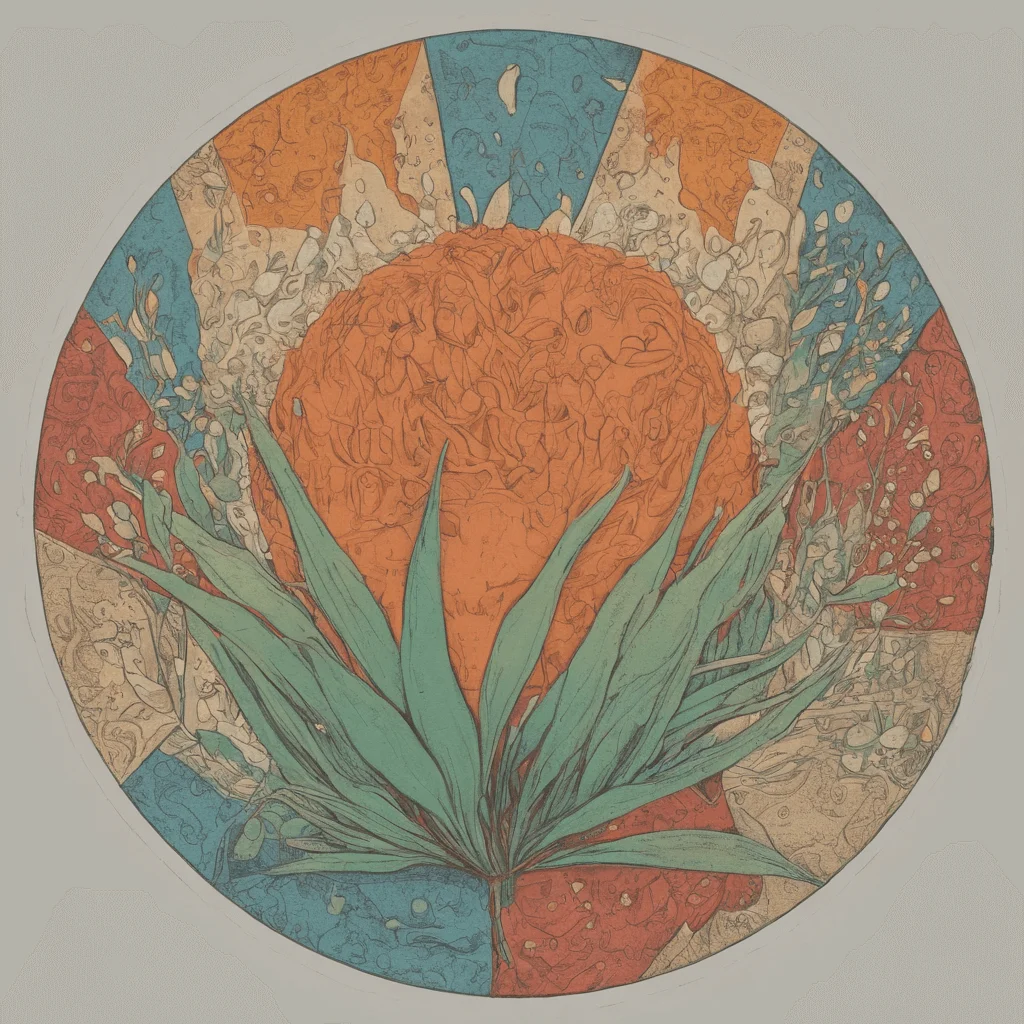
Credit Alberto Conde, Kitchen In The Med
Important!
The dilution process in homeopathy often results in remedies with little to no active molecules of the original substance. Critics argue that homeopathy lacks scientific evidence of its efficacy beyond a placebo effect, and its principles contradict established principles of chemistry and pharmacology. Despite this, some people use homeopathy as a complementary or alternative therapy. If you have a specific health problem, consulting with a competent healthcare professional is critical.
Cardamom Precautions and Contraindications.
While Cardamom is generally safe when used in food amounts, it is crucial to be aware of its precautions and contraindications.
Precautions
- Gallstones: If you have gallstones, it’s best to refrain from consuming Cardamom in quantities more significant than what you typically find in food because cardamom seeds can potentially trigger gallstone colic, causing spasmodic pain.
- Liver problems: Cardamom may interfere with liver functioning. Monitoring your liver enzymes is best if you are taking cardamom supplements and hepatoprotective drugs.
- Bleeding disorders: Cardamom may increase the risk of bleeding. Consult your doctor if you are on therapy with blood thinners.
Contraindications
- Breastfeeding: Insufficient reliable information is available to determine the safety of using Cardamom in more significant medicinal amounts during breastfeeding. Therefore, it is advisable to err on the side of caution and limit intake to food-level quantities.
- Children: Cardamom is likely safe for children when used in food amounts. However, there needs to be more information to know if it is safe for children when used in medicinal amounts.
- Pregnancy: There is not enough reliable information to tell if Cardamom is safe for pregnant women, so it is best to stick to food amounts.

Credit Alberto Conde, Kitchen In The Med
What Part of the Cardamom spice is Edible?
The edible part of the cardamom spice is the seeds found inside the pods.
The pods are tough and fibrous; you should grind or crush them before use.
The seeds are small and black.
You can either use the whole pods, extract the seeds, and grind them into powder.
In cooking, the cardamom pod is occasionally included whole in dishes, but more frequently, people crack open the pods, extract the seeds, and then roast them in an oven or a skillet.
10 Different Cardamom varieties and Their Uses
Cardamom comes in various varieties, and the exact number can be quite extensive due to regional variations and differences in flavor profiles. These are the most common ten varieties.
- Green Cardamom is the most common type of Cardamom and is easily recognizable by its small, triangular-shaped pods that are light green. It is used primarily in Danish baking, Middle Eastern, Indian, and Asian cooking, and spice mixes such as garam masala.
- Black Cardamom has larger dark brown pods that contain larger seeds. It has a savory, smoky flavor and is best for tasty dishes such as stews and curries.
- White Cardamom is technically a bleached green Cardamom. It has a milder flavor than green Cardamom and is popular in Scandinavian baking.
- Madagascar Cardamom has a sweet, floral taste and is common in desserts and sweet dishes.
- Nepalese Cardamom has a strong, pungent flavor and is best for savory dishes such as stews and curries.
- Indian Cardamom has a sweet, floral taste and is popular in desserts and sweet dishes. It is also a key ingredient in chai tea.
- Sri Lankan Cardamom has a strong, pungent flavor and is best for savory dishes such as stews and curries.
- Guatemalan Cardamom has a sweet, floral taste and is common in desserts and sweet dishes.
- Tanzanian Cardamom has a strong, pungent flavor and is best for savory dishes such as stews and curries.
- Chinese Cardamom has a sweet, floral taste and is suitable for desserts and sweet dishes.
5 Main Culinary Uses of Cardamom
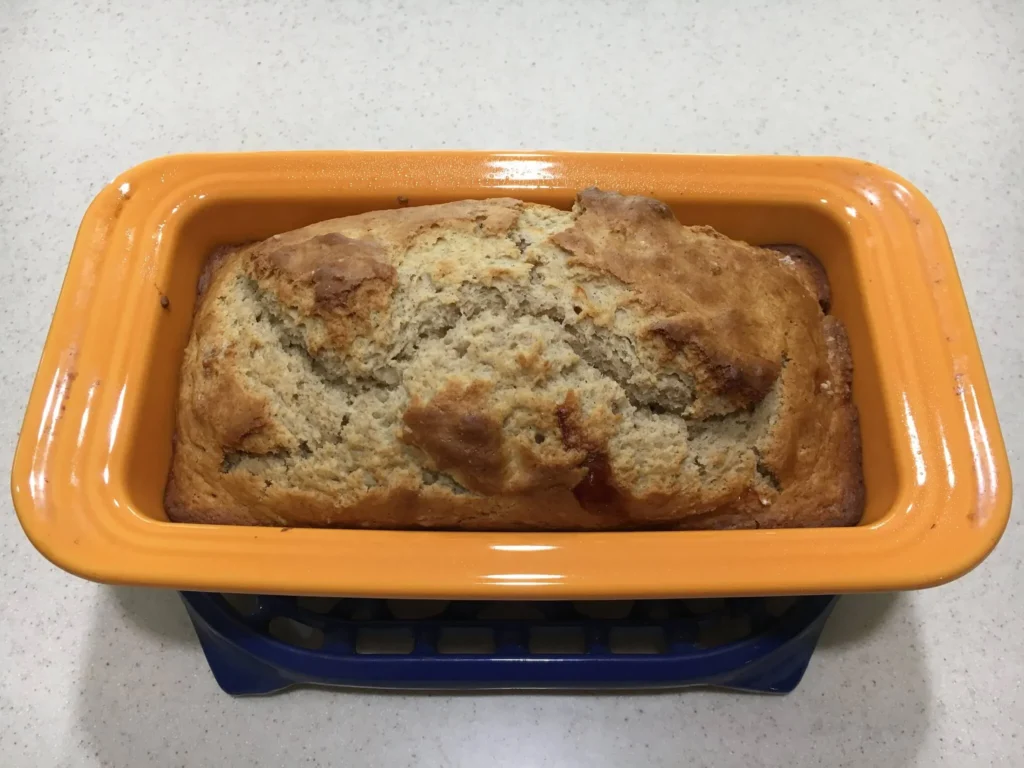
- Baking: Cardamom finds its primary use in Danish pastry-making and is also a key ingredient in the cuisines of North Africa, Saudi Arabia, Asia, and India. Additionally, it is a vital component in spice blends like garam masala. It works well with sweet dishes such as cakes, cookies, and pastries and pairs well with cinnamon, nutmeg, and cloves in autumn-spiced recipes.
- Savory dishes: Cardamom is popular in savory and sweet dishes from the Middle East and India. They use it to flavor meat, vegetable dishes, and spice blends such as garam masala, berbere, and curry powder.
- Beverages: Cardamom is an essential addition to drinks such as masala chai, Turkish coffee, Arabic coffee, and homemade chai.
- Desserts: Cardamom is popular in desserts such as ice creams, flans, rice pudding, and porridge. Infusing the cream with Cardamom will give you a tasty, rich cardamom ice cream.
- Seasoning: Cardamom is also a seasoning for cabbage and Zhoug (a traditional Middle Eastern hot sauce.) It is also common in spice rubs for pork and chicken, and it is a critical ingredient in Panakam, a traditional South Indian cooling drink made with jaggery, pepper powder, basil, and other ingredients.
Cardamom Compared with 10 Seasoning Herbs
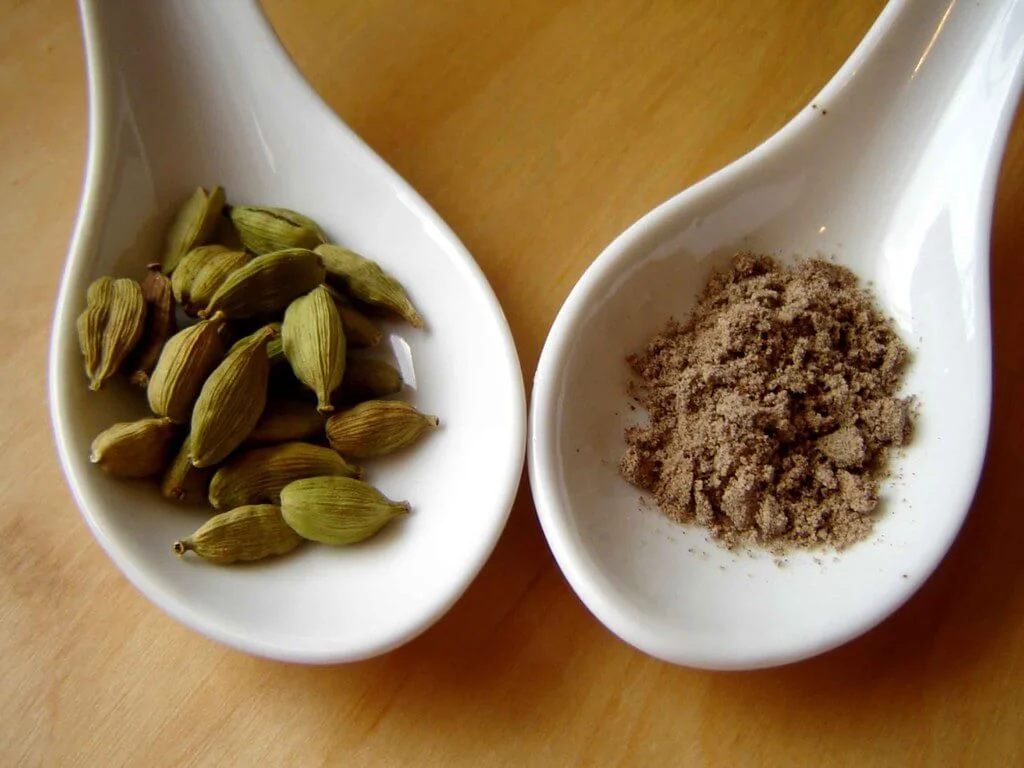
- Cinnamon: Cinnamon is a sweet spice used in both sweet and savory dishes. It has a warm, sweet flavor and is prevalent in baking, oatmeal, and coffee.
- Nutmeg: Nutmeg is a spice used in both sweet and savory dishes. It has a warm, nutty flavor and is popular in baking, eggnog, and cream sauces.
- Cloves: Cloves are a spice used in both sweet and savory dishes. They have a warm, sweet flavor and are common in baking, mulled wine, and ham.
- Ginger: Ginger is a spice used in both sweet and savory dishes. It has a warm, spicy flavor and is popular in baking, stir-fries, and tea.
- Turmeric: Turmeric is a spice used primarily in savory dishes. It has a warm, earthy flavor; people use it in curries, rice dishes, and soups.
- Rosemary: Rosemary is an herb used primarily in savory dishes. It has a robust and piney flavor and is best in roasted meats, potatoes, and bread.
- Thyme: Thyme is an herb used primarily in savory dishes. It has a warm, earthy flavor and is prevalent in soups, stews, and roasted meats.
- Sage: Sage is an herb used primarily in savory dishes. It has a robust and earthy flavor and is popular in stuffing, roasted meats, and pasta dishes.
- Oregano: Oregano is an herb used primarily in savory dishes. It has a warm, slightly bitter flavor and is excellent in pizza, pasta dishes, and tomato sauce.
- Basil: Basil is an herb used primarily in savory dishes. It has a sweet, slightly peppery flavor and is excellent in tomato sauce, pesto, and salads.
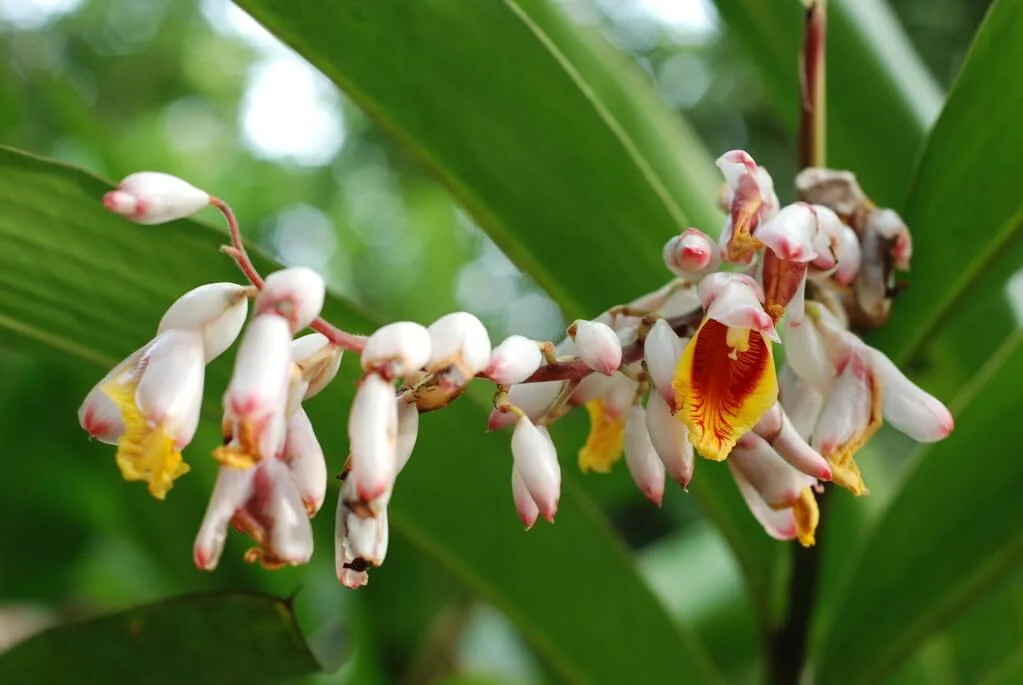
Cardamom as an Insect Repellent
Several studies attest to the insect-repellent properties of Cardamom:
- Insecticidal potential: A study published in the National Center for Biotechnology Information found that cardamom extracts have insecticidal potential, making Cardamom a natural insect-repellent.
- Repellent activity: Another study found that Cardamom has repellent activity against certain insect pests, including red flour beetles and mango mealybugs. The study suggested that cardamom extracts are eco-friendly and equally effective against insect pests, making them a promising candidate for insect control.
- Insect-repellent properties: A forum post on Spyderco Forums suggests that Cardamom has insect-repellent properties and can be used to keep insects away from food. The post also indicates that other spices, such as paprika, ginger, curry, and turmeric, can also be used as insect repellents.
- Mosquito repellent: A study published in the Future Journal of Pharmaceutical Sciences found that people can use Cardamom seed to formulate effective herbal-based mosquito repellents with no side effects.
- Repellent effect: A study published in the Journal of Physics found that post-harvest waste of local Cardamom has a repellent effect on Sitophilus oryzae L., a type of beetle that infests stored grains.
What is Cardamom Essential Oil Good for? 5 common uses
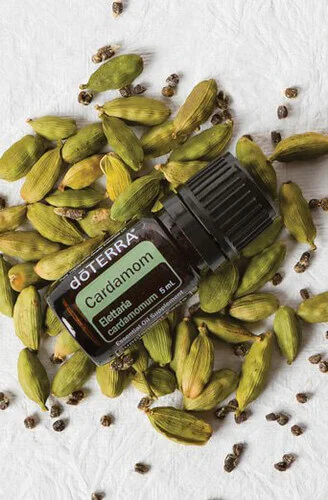
Cardamom essential oil has many benefits and uses, including respiratory and digestive support, skin and hair care, mood enhancement, and pain relief.
- Respiratory support: Cardamom essential oil supports respiratory health. Apply it topically to the chest or use a diffuser to relieve feelings of congestion and open up the respiratory system.
- Digestive support: Take Cardamom essential oil internally in a veggie cap or rub it on the stomach for relief. It reduces gas and bloating and supports gastrointestinal health.
- Skin and hair care: Cardamom essential oil cleanses and soothes the skin, balances skin oil levels, and relieves skin irritations. People also use it to cleanse and clarify the scalp, prevent flakiness, and strengthen and nourish hair follicles.
- Mood enhancement: Cardamom essential oil can promote mental clarity and focus, energize and uplift, calm and comfort uneasiness, and promote self-assurance and confidence.
- Pain relief: Cardamom essential oil can reduce minor pain and inflammation and ease occasional indigestion and nausea.
Is Cardamom Essential Oil Used for Cooking?
Yes, it is. People use this flavorful spice predominantly in sweets, baked goods, and beverages.
Here are some things to keep in mind when using cardamom essential oil for cooking:
- Use whole pods or the essential oil: When baking or cooking, it’s best to utilize either entire cardamom pods or the essential oil. Although ground cardamom is readily available at your local grocery store, using it may result in some loss of the seed’s original flavor, as the essential oils tend to diminish immediately after grounding the seeds.
- Use a small amount: Typically, achieving the desired flavor requires using a minimal amount of one drop or less (achieved by dipping a toothpick into the oil and gently swirling it into your mix).
- Use the oil and not the powder: Opting to cook with the oil rather than the powder provides you with the flavor of Cardamom and imparts some of the digestive benefits associated with cardamom oil.
- Add directly into a liquid: Just like any oil, it’s advisable to incorporate cardamom essential oil directly into any liquid already included in the recipe. This approach guarantees even distribution of the oil. Ingredients like olive oil, coconut oil, honey, or syrup are beneficial. Additionally, Cardamom pairs harmoniously with other spices, such as cinnamon and clove.
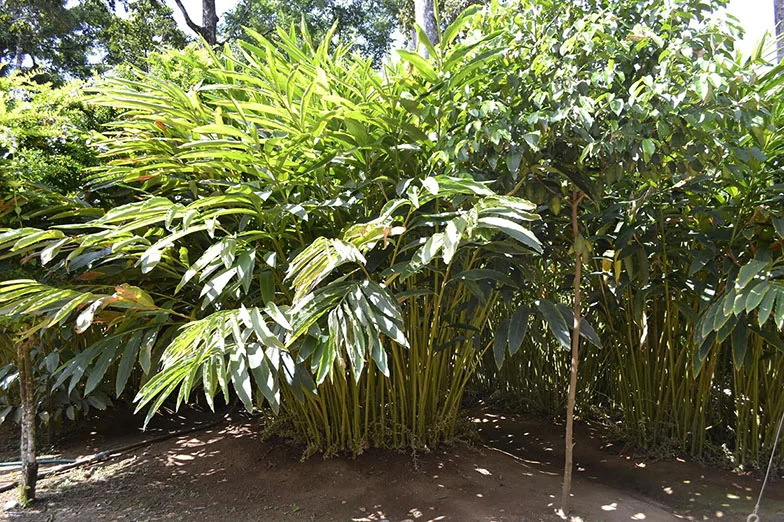
The 10 Most Frequently Asked Questions About Cardamom
What is Cardamom?
Cardamom is a spice that originates from the seeds of various plants within the Elettaria and Amomum genera, belonging to the Zingiberaceae family.
What are the health benefits of Cardamom?
Cardamom has many health benefits, including aiding digestion, reducing inflammation, and promoting heart health.
How is Cardamom used in cooking?
Cardamom is excellent in sweet and savory dishes, and it pairs well with cinnamon, nutmeg, and cloves in autumn-spiced recipes.
Is cardamom essential oil used for cooking?
Yes, it is. People use it for cooking, predominantly in sweets, baked goods, and beverages.
What does Cardamom taste like?
Cardamom has a unique and distinctive flavor: peppery, piney, eucalyptus, and menthol-like, with floral and citrus hints.
What are the different types of Cardamom?
Cardamom comes in three different varieties and countless cultivars, but green Cardamom is the most popular for culinary and medicinal use.
What are the benefits of cardamom essential oil?
Cardamom essential oil has many advantages, including respiratory and digestive support, skin and hair care, mood enhancement, and pain relief.
Is Cardamom safe during pregnancy?
There is not enough reliable information to know if Cardamom is safe for pregnant women. It is best to stay safe and stick to food amounts.
How is Cardamom used in traditional medicine?
Cardamom is popular in traditional medicine to treat mouth infections, throat problems, chest congestion, and gastrointestinal disorders and as an antidote for poison and venom.
Is Cardamom an insect repellent?
Yes, Cardamom has insect-repellent properties and keeps insects away from food.
Main Sources I used in This Article
MDPI Multidisciplinary Digital Publishing Institute
International Journal of Applied Sciences and Biotechnology
Academia.edu
Processing and Medicinal Uses of Cardamom and
Ginger – A Review